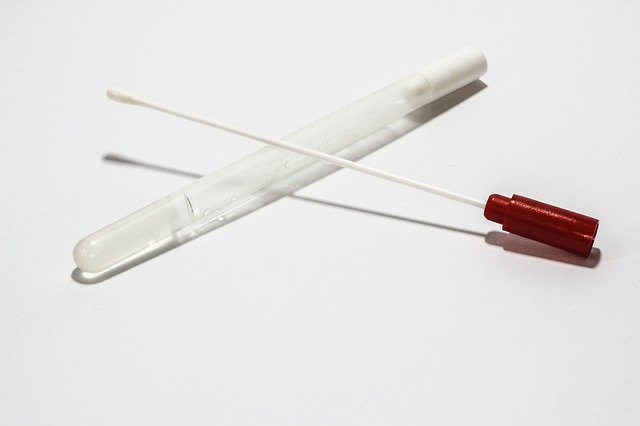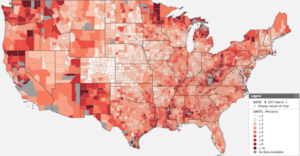On Sunday US President Donald Trump announced he was going to once again call on companies to massively increase production of essential equipment which will allow testing for COVID-19 to be ramped-up substantially. Ubiquitous testing is an essential component of getting the economy back on track and people back to work, but at the moment testing is falling seriously short of need.
The President announced that he would call on one particular company to increase its production of test swabs to a staggering 20 million each month.
“We are calling in the Defense Production Act,” Mr. Trump said, adding “You’ll have so many swabs you won’t know what to do with them.”
Details about what company would be compelled to step up production, and when he would invoke the DPA were not stated.
“We already have millions coming in,” Trump said. “In all fairness, governors could get them themselves. But we are going to do it. We’ll work with the governors and if they can’t do it, we’ll do it.”
Public health experts have warned that testing will need to increase by double or triple from present rates to even open the economy slightly. Business leaders have in turn explained this to the President at a conference call they held with Trump last week.
As of mid- to late- April about 150,000 diagnostic tests for COVID-19 were done daily in the USA. Harvard researchers estimated that it will not be possible to ease social isolation restrictions and begin the economic recovery until the country can perform closer to 300,000—450,000 daily tests.


